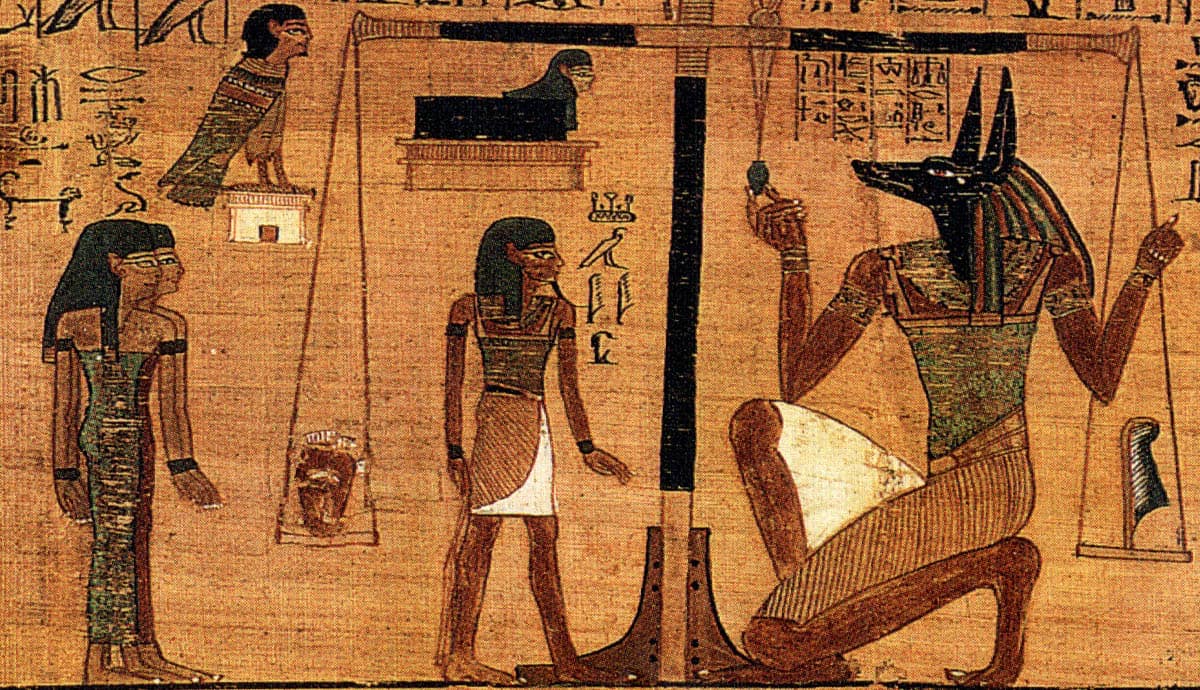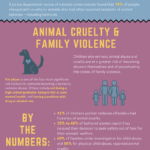When delving into the nuances of ancient civilizations, one cannot overlook the prevailing attitudes towards animals, particularly in the revered culture of Ancient Egypt. A common inquiry arises: Did the Egyptians implement prohibitions against animal cruelty? The very fabric of their moral compass, interwoven with religious beliefs and cultural practices, compels a deeper examination of their treatment of animals, both domesticated and wild.
In Ancient Egypt, animals were not merely creatures cohabitating the Earth; they were often revered as embodiments of divinity, associated with various gods and pharaohs. Cats, for instance, exemplified grace and protection, often linked to the goddess Bastet. This deification of certain animals prompts us to consider whether the Egyptians viewed them through a lens of moral responsibility. The veneration and protective laws surrounding these animals may suggest that cruelty was anathema to their philosophical and spiritual constructs.
Moreover, the ancient Egyptian scriptures reveal insights into societal values and the ethics surrounding animal welfare. The concept of “ma’at,” embodying truth, balance, and morality, played a pivotal role in their ethical framework. It is plausible to theorize that the principles underlying ma’at extended beyond human interactions, encompassing the treatment of animals. As guardians of creation, Egyptians may have felt an intrinsic duty to preserve the well-being of all living beings, aligning with the notion that cruelty would disrupt the cosmic balance they so revered.
Historical artifacts and inscriptions further elucidate the Egyptians’ interactions with animals. Hieroglyphs and tomb paintings portray not only animals but also depict their qualities—strength, loyalty, and nurturing instincts. Such representations indicate a profound respect for animal life; they weren’t merely symbolic but were part and parcel of everyday existence. The presence of laws detailed in the ancient papyrus scrolls potentially highlights societal prohibitions against inflicting undue suffering. For instance, the consequences one might face for maltreating an animal hint at a structured response to cruelty, thereby affirming a collective moral stance against it.
The domestication of animals such as dogs and cats also provides an avenue for understanding relationships between humans and animals in ancient Egypt. Dogs, revered for their loyalty, were often depicted accompanying their masters, hinting at companionship rather than merely utility. In this context, it is plausible that Egyptians recognized the emotional and psychological benefits of these bonds, further reinforcing the idea that causing harm to animals would not only be immoral but detrimental to human well-being as well.
Yet, a rich tapestry of complexity underlies this seemingly clear-cut morality. There were instances—documented in ancient texts—where animals were utilized for sacrificial practices or laborious tasks. The paradox of reverence versus exploitation raises questions about the extent to which moral considerations were applied. Were certain animals, particularly those not linked to divine symbolism, subjected to harsher treatment? This juxtaposition may indicate that, while a general ethical principle existed, its application varied depending on societal context and the perceived utility or sacredness of specific species.
As with any ancient culture, understanding Egyptian ethics requires a conscientious interpretation of historical contexts. The very notion of morality is fluid, shaped by cultural evolutions and existential necessities. Ancient Egyptians lived amidst a complex hierarchy where members of society had differential power over their animal counterparts. This stratification complicates claims surrounding universal prohibitions against cruelty, suggesting that, while a generalized moral compass may have prevailed, it was not uniformly applied across all animals and all scenarios.
Modern animal rights activists may draw parallels between ancient Egyptian morality and contemporary societal values. The increasing recognition of animal sentience, alongside historical understandings, begs the question: Are we marching towards a redefinition of our ethical responsibilities towards animals? Just as the ancient morality of the Egyptians invites reconsideration, so too does the modern world grapple with animal treatment. This acknowledgment of animals as sentient beings and the moral implications therein reflect an evolving understanding, one that has roots in historical precedents.
Yet, the inquiry does not conclude with merely recognizing past viewpoints; it encourages reflection on a present and future ethos. The ancient Egyptians, with their complexity and contradictions, beckon us to assess how past philosophies inform contemporary viewpoints on animal welfare. A comprehensive evaluation of the ancient texts, artistic depictions, and societal structures surrounding animal treatment can provide a pivotal framework for understanding and developing current moral paradigms.
In examining whether the Egyptians prohibited animal cruelty, a dichotomy surfaces—an intertwining of laws, beliefs, and practices that paints a multifaceted picture of their ethical landscape. Ultimately, this exploration urges us to ponder not merely what the Egyptians believed but how those beliefs resonate through time and influence our ongoing relationship with the animal kingdom. By re-evaluating ancient morality, we can foster an awareness that transcends epochs, promoting compassion and stewardship toward all living beings in the present day.
Through this reflective lens, the inquiry into ancient Egyptian attitudes towards animal cruelty not only enriches our understanding of historical morality but also catalyzes a necessary debate about our role in guiding ethical considerations for animals in contemporary society. The promise of a shift in perspective beckons, urging a re-examination of our beliefs and actions towards the voiceless inhabitants of our world.










